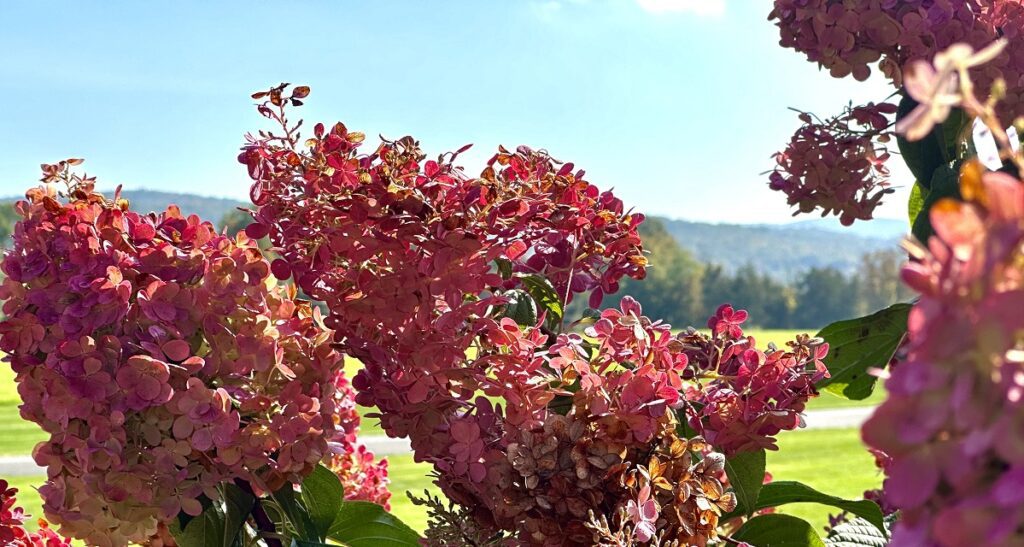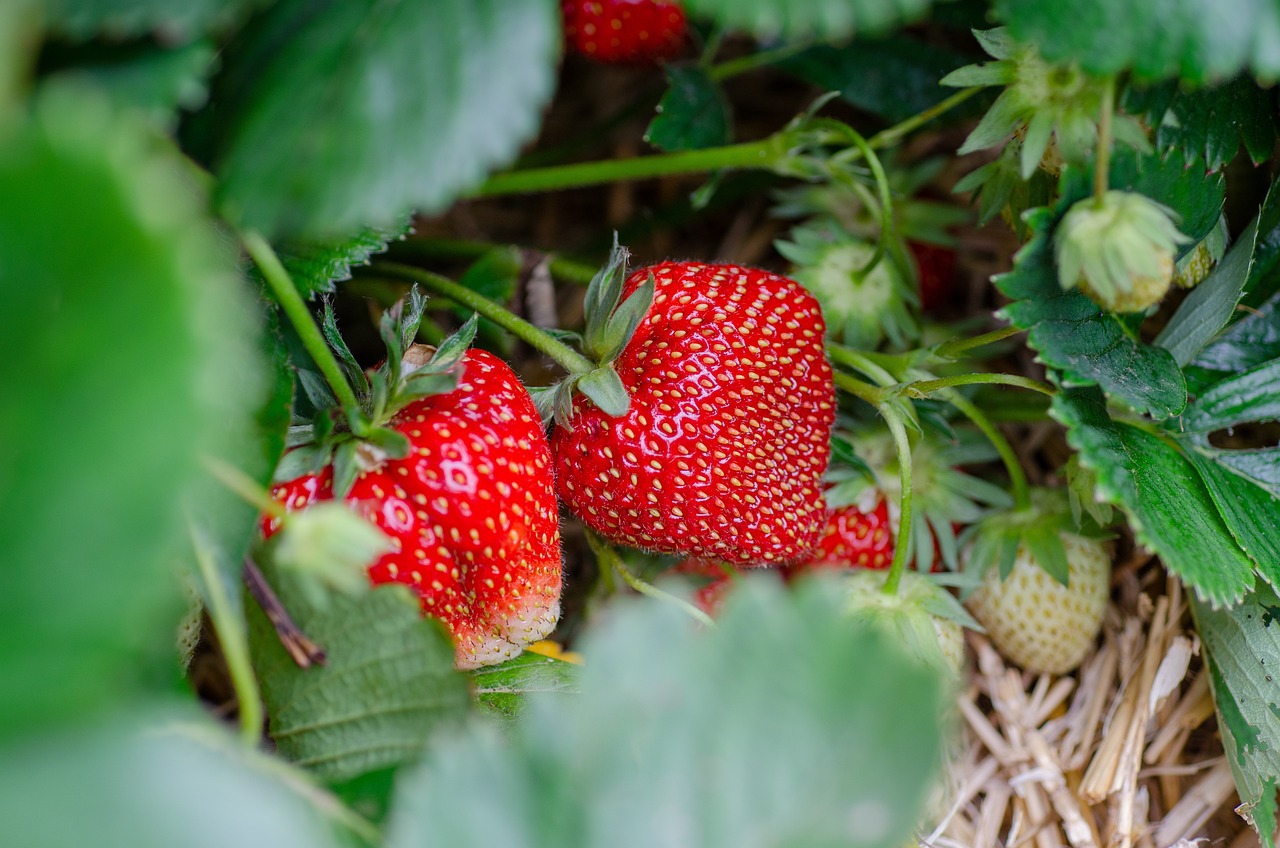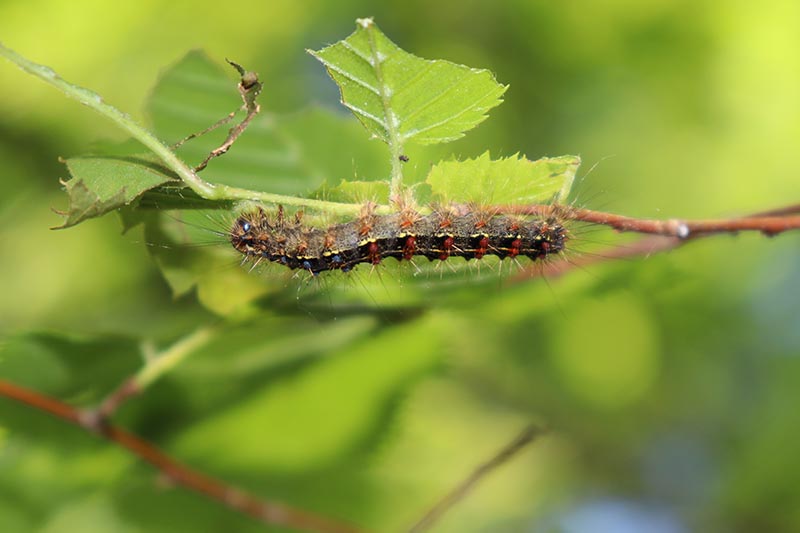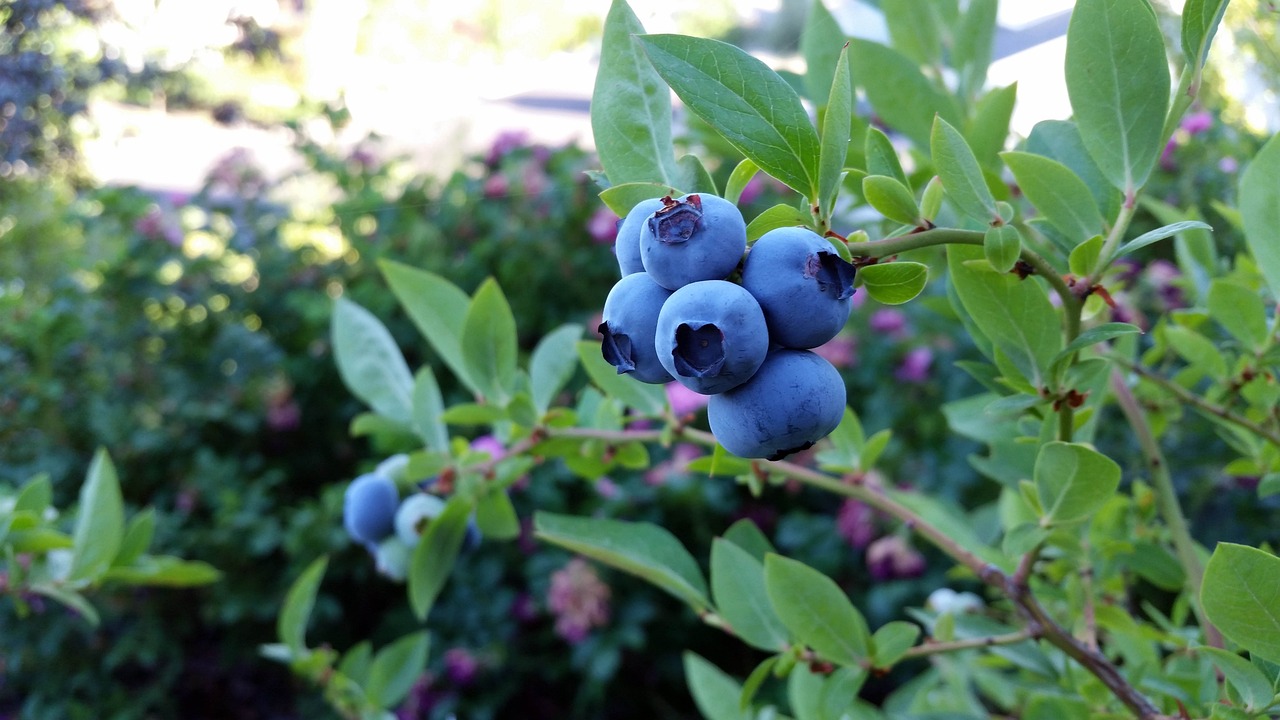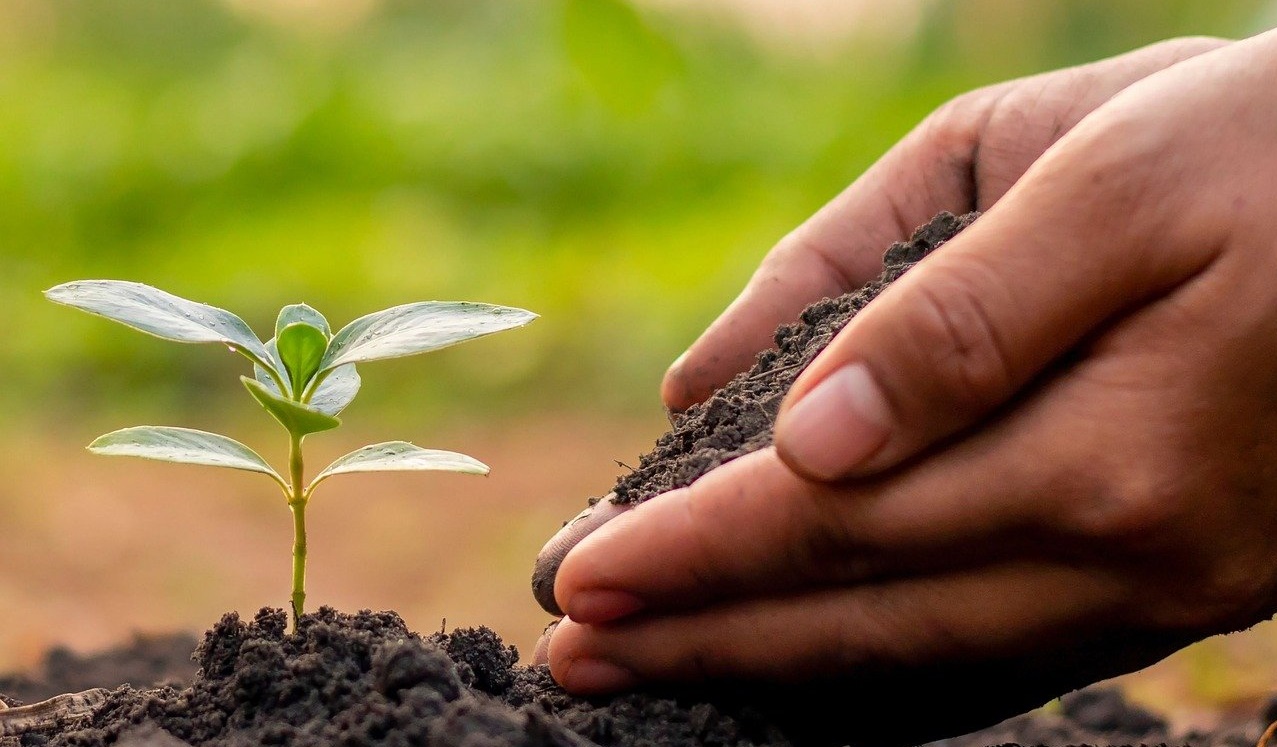October is a true transitional time for landscapes here in New Jersey. Days grow shorter, but temps can bounce back and forth from mild to chilly. Deciduous trees display their finest colors, heat loving plants start to wane, while others bloom with color. Here’s what to expect (and do!) in your landscape in October:
- You’ll still need to keep on top of weeding (avoid having them seed as much as you can) and watering if there’s a dry spell.
- Avoid pruning shrubs, especially spring flowering varieties so you don’t lose spring blooms. But you can, and should, prune dead and diseased branches from trees and shrubs any time you see them.
- Now’s the perfect time to plant many types of perennials and woody shrubs in your landscape. The soil is still warm enough for healthy root growth to establish before the ground is frozen hard.
- It’s OK to plant evergreens until about mid-October. After that, wait until spring. This is because evergreens still transpire water through their foliage and without adequate root development, can scorch during the winter.
- Turf growth will start to slow but resist the urge to cut your lawn “extra short” to avoid an additional mowing or two for the season. Keep grass to a healthy height (around 3”) to avoid root damage.
- October is also a good time to apply fertilizer to your perennials, trees, shrubs and turf. Roots will take the nutrients from the soil and apply them to important health-promoting functions, such as disease resistance and root development. Excess nutrients are stored in the roots and become immediately available when needed for new growth in the spring.
- Mulch plants to help keep them protected from frost, retain moisture and inhibit weed growth come spring. Larger bare areas (such as a vegetable garden that will be overwintering) can be mulched with compost, manure, or seeded with a green cover crop such as winter rye, which is an excellent source of organic matter that can be turned into the soil after winter.
- Wait until spring to cut back seed-producing plants such as Rudbeckia (Black-Eyed Susan) and Echinacea (Purple Cone Flower) since the seeds are a source of food for birds like goldfinches. Butterflies also seek shelter beneath the flower heads.
- Leave ornamental grasses untrimmed until spring as well. They’re a lovely element to the winter garden and provide shelter for cavity nesting native bees.

